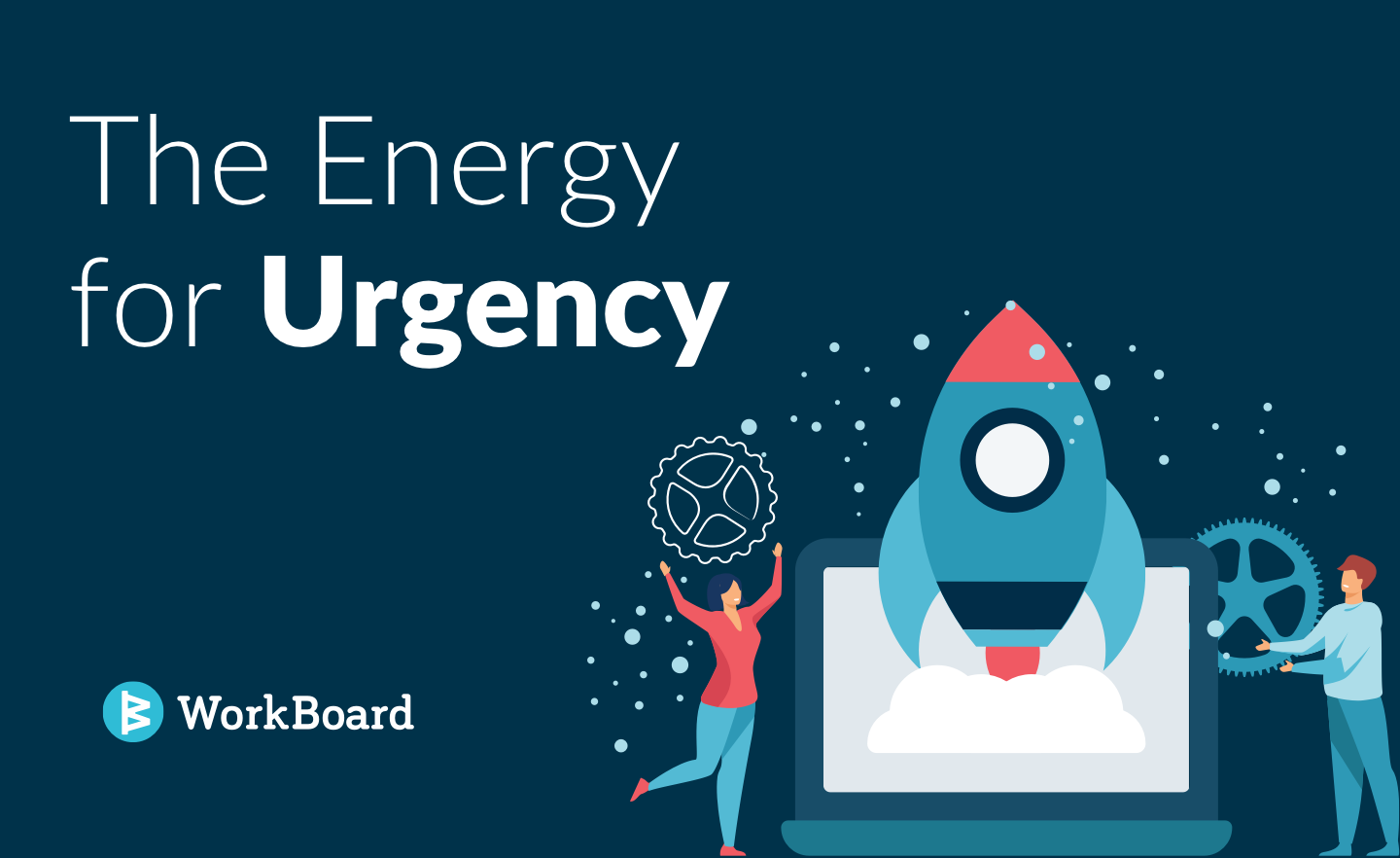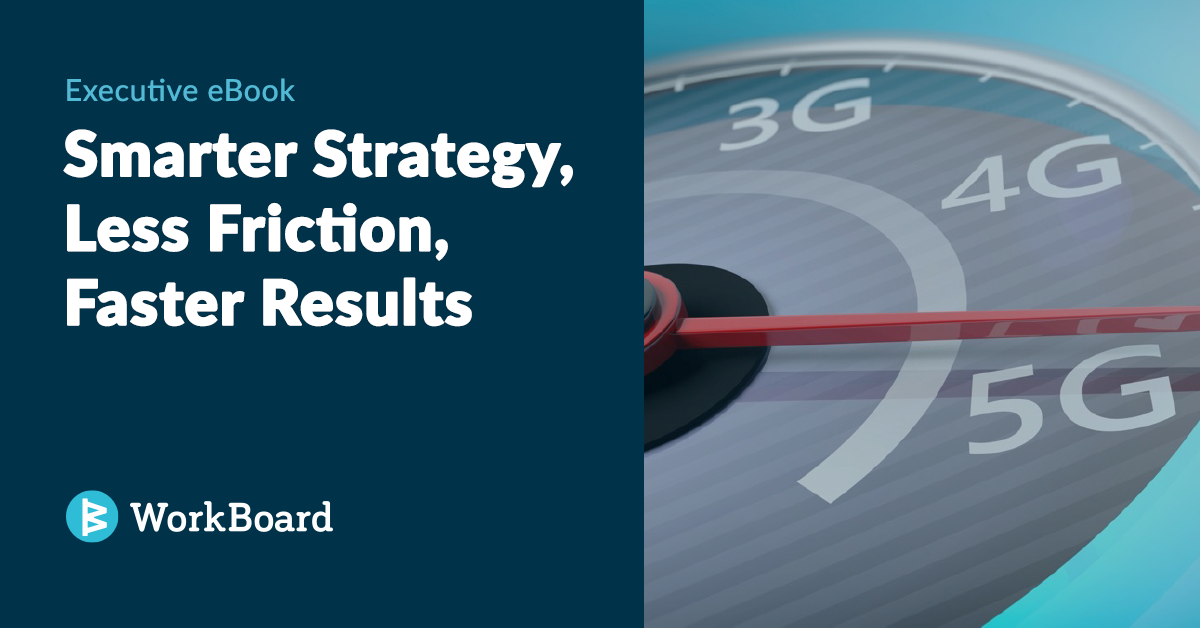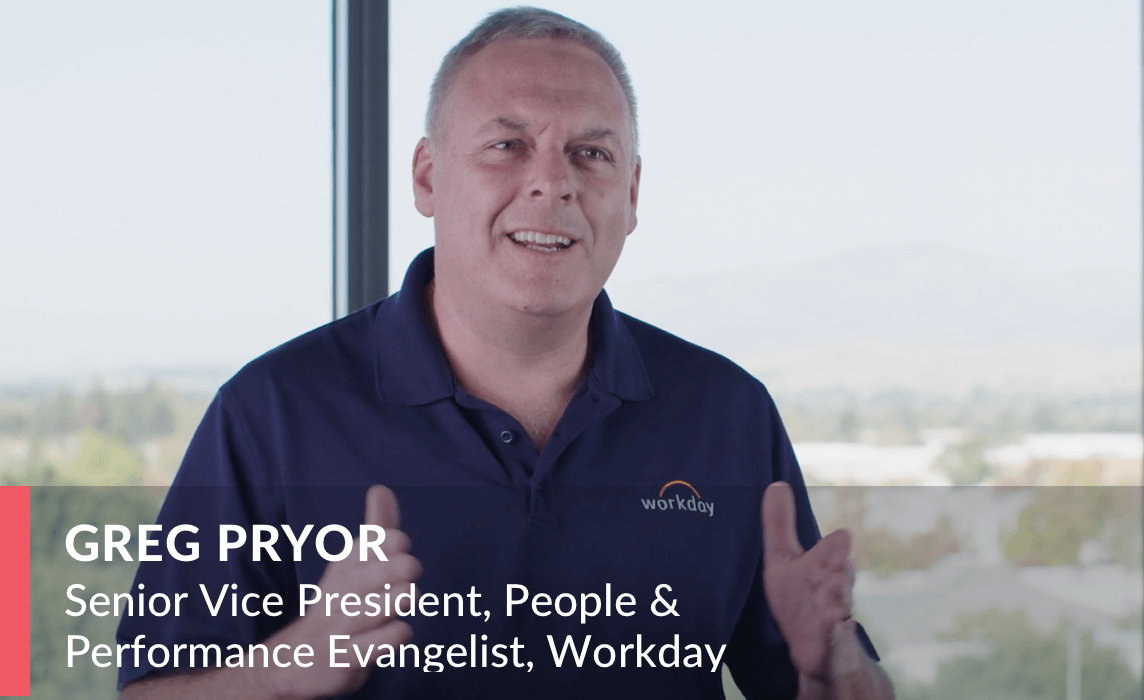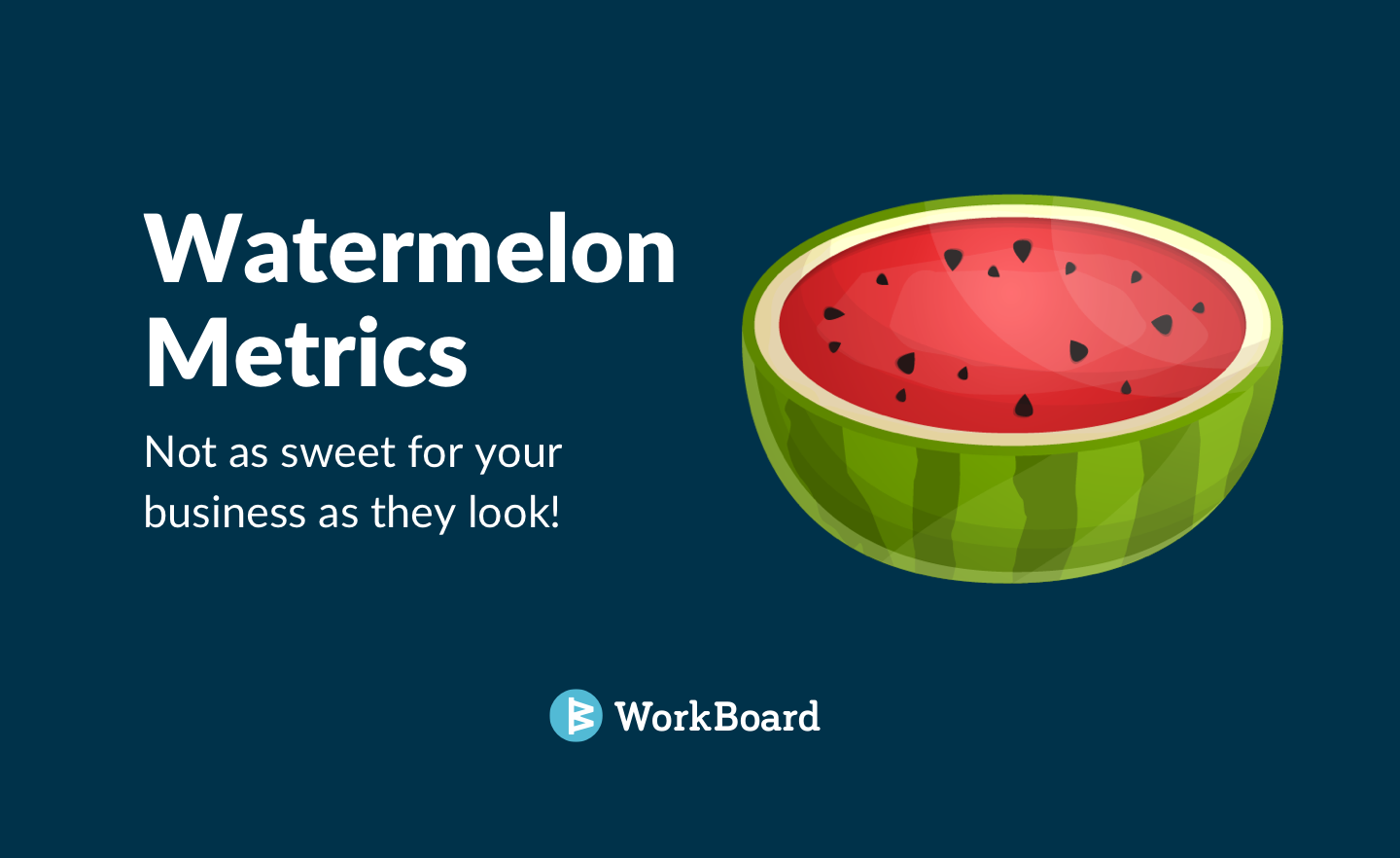
Most of us are revisiting our strategy and financial plans for 2021 or to reflect the opportunities and shifts of 2020; all of us need to drive our vision and results next year with renewed vigor, urgency, and efficiency.
Whether you think you will have a strong or weak year, your team’s resilience and energy are key to the equation. If they’re worn out at the starting bell, it will be hard to achieve your full potential next year. 2020 has been an exhausting year in both grand and subtle ways: Psychic wear and tear has been continuous from the pandemic, social justice issues, protests, fires, extreme weather events, and election drama combined with restrictions on our ability to be with loved ones.
Whether you think you will have a strong or weak year, your team’s resilience and energy are key to the equation.
People’s home situation has a big role in their exhaustion, but our situation as leaders is universally and often significantly more comfortable than team members’. Different parts of country had varying degrees and durations of isolation (for Silicon Valley, it’s a solid 7 months of shelter in place). Families with young kids learning at home face new complexities and those whose kids went to college face new uncertainties. People’s physical space and even marriage stability now play into their day to day job, energy, and resilience.
As leaders, we need to push for a strong finish to the 2020 marathon and energize people for the urgency and creativity to achieve our best possible 2021 results. Tackle these three zones now to set the stage for success next year:
- Do you have the capacity to lead with optimism, resilience and compassion?
- What we can do structurally as employers?
- What we can do to optimize the rhythm of work?
Check your own energy level
From conversations with a number of senior execs and my own experience, I see the wear and tear showing up in our energy level and how we respond. We have to feel optimistic and energetic to authentically lead that way. What signal are you giving in the way you show up?
One of my biggest shifts was moving beyond the mental model that this working situation is temporary and embracing it as long term – which triggered a dramatic shift in how I organized my space, my personal routine, and my operating rhythm. I’d been hacking it and reacting to it rather than owning it.
Leading at our level is championship play, and leading in 2020 is an epic challenge. Champions work hard for sure, but they also eat well, sleep well, take care of the whole athlete, and know when to take rest days because these things are crucial to playing their best game.
6 structural changes to restore people’s energy
We need our teams to drive better results this quarter and bounce into next year ready to succeed, but it’s hard to ask for more from people who don’t feel they have much left to give. Consider these structural changes to create more capacity for contribution and renew energy:
- Acknowledge the fray and get more familiar with it personally. Look at breadth of people’s home dynamics and learn about the least comfortable, most impacted folks’ situations yourself. It’s humbling but it will spark ideas. Work with your people team to create a “watch list” of folks that may need more help – then monitor well being so they that help comes early and well before adding to the fray on co-workers and less prepared managers.
- Increase holidays to create decompression zones since the natural on/off rhythm of work has been largely lost. Now is the time to think about Thanksgiving and the family gatherings that won’t happen – what can your org do to make for a restorative holiday despite pandemic constraints?
- Ask for outcomes, not hours. Provide everyone with radical clarity on how they create and contribute value so they feel valued. Make sure your OKRs are a double shot of espresso — energy! — and make sure managers five layers below you are providing the same clarity, purpose, and motivation. Doing work that matters is genuinely energizing and deeply gratifying. (And doing work that isn’t seen, valued, or valuable is exhausting.)
- Increase mental health services. Solutions like TalkSpace make a huge difference for people. Expand the insurance or program coverage you provide and double down on communication about what’s available.
- Add a second wfh stipend if you’re not going back in next 6 months. Many folks created a fast, temporary workspace ... help them improve their space, optimize for kids’ learning, and increase their daily sense of control and comfort. It will be a fraction of your travel budget and free them from enervating daily friction.
- Create a Families & Caregivers Employee Resource Group (ERG) and ask it to provide guidance and perspective to co-workers. The 9-5 schedule that has defined co-working expectations for decades went out the window this year. Those living with school at home (and playing IT guy, lunch server, and recess monitor to their kids) can share their direct experience and give recommendations that help them make their best contribution in new circumstances.
Tune the rhythm of work to energize people
For many of us, the rhythm of work was tuned to a different time. Because we’ve been reacting to the pandemic, it's a good time to actively optimize for what's true. We’ve tuned our rhythm in a few ways:
- Institutionalize non-task gatherings at the local level. Trust is a foundational ingredient to alignment and execution at every level and it’s so often build on relationships formed in-person. With your staff, create weekly ways to share the micro victories that make for a good day and good relationships.
- Encourage people to own their time. Give everyone permission to say no to meetings without agendas or in which they have no active role. If you don’t own your week, you don’t own your outcomes.
- Thinking and doing are working. Meetings have filled every crevice of the day, so much so that we now confuse “meeting” with “working” and blocking time to think and follow through seems like “not working.” Thinking and time for it are essential to the job and success – remind people.
- Demonstrate “quieter” weekends while also reinforcing the value of working toward outcomes rather than pre-set work hours. Some people need the flexibility to find the time pocket that works in their house, and others need to know it’s ok to turn work off. It’s not one size fits most anymore, so when in doubt take the weekend off.
As a fast-growth company (we tripled sales last year and will double this year), 2020 has been one of both abundance and scarcity – I don’t recall simultaneously experiencing this kind of adversity and prosperity ever. For many of our customers in the tech, healthcare and other sectors, the same duality is true: My team is succeeding, has been amazingly resilient and creative... but it’s fatigued in ways we couldn’t imagine. I’ve tried to lead this year with an entrepreneur’s optimism, urgency, and with compassion; if you’re interested my internal blog post from September is here (shortly before an excellent, energizing road trip to Wyoming, Colorado, and Utah).
I hope you create(d) the time to regenerate energy and increase capacity to achieve your best results next year!
Like it? Get more and share!









